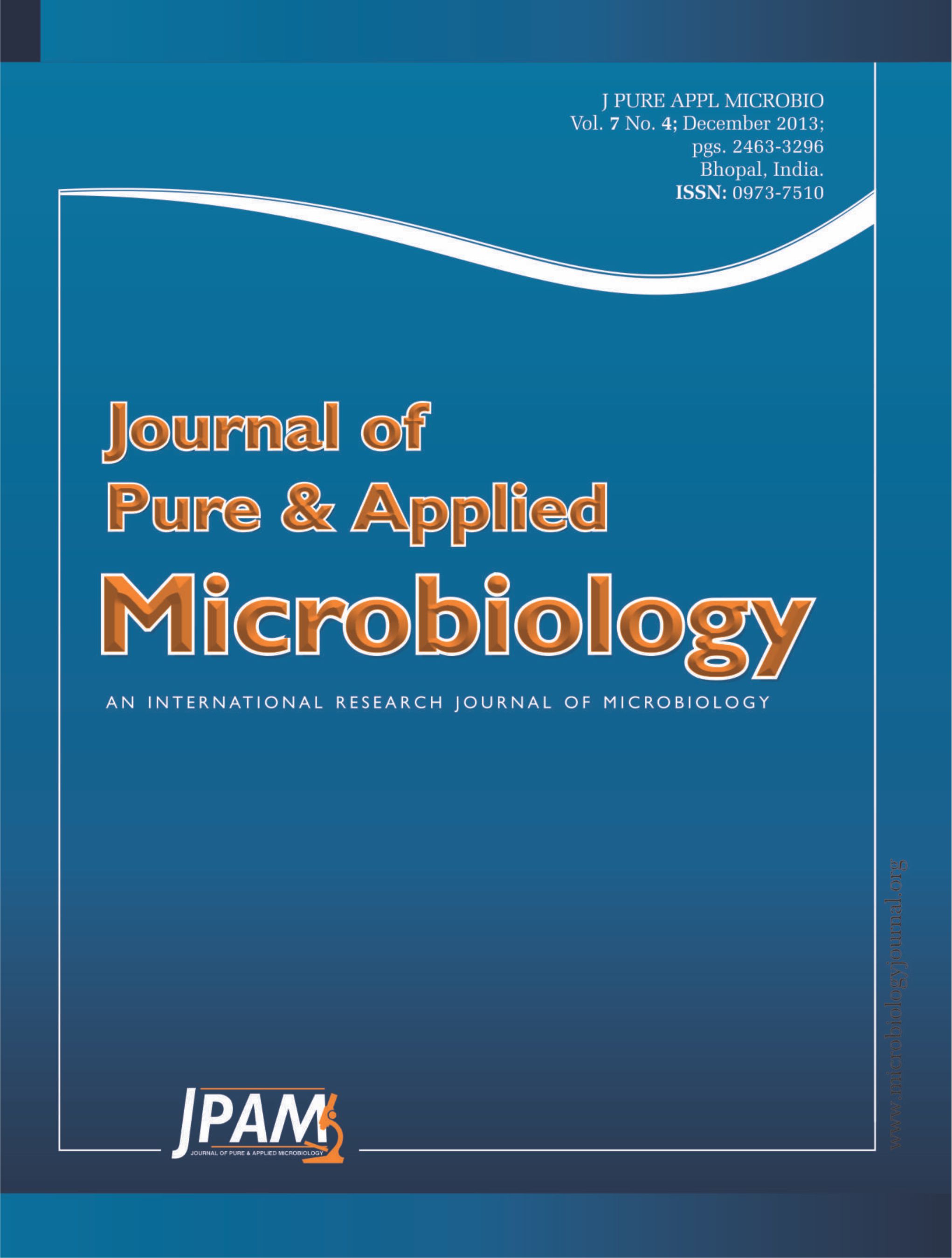The shrimp farm industries in Bangladesh have long been facing problems with the supply of poor quality seeds being produced in shrimp hatcheries. In light of this, the present study was conducted between February to August 2012, concerning the fungal diseases of P. monodon larvae reared in a commercial shrimp hatchery in Cox’s Bazar, Bangladesh. The causative fungus was identified as a member of the genus Lagenidium (Oomycetes, Lagenidiales). High mortalities up to 50% was observed soon after infection. The affected larvae were whitish and filled with numerous aseptate hyphae and larvae lost equilibrium and exhibited respiratory difficulties. The fungal growth was observed on PYGS agar medium at 25°C. Infected untreated populations of nauplii, zoea and mysis stages showed mortalities of 15.75±0.76%, 31.25±3.12%, and 49.5±3.9% respectively.
A 0.75 ppm treatment with trifluralin significantly reduced the mortality of the infected larval population. The pathogenicity tests of the infected fungi against the larvae of P. monodon by immersion method showed that the isolates were pathogenic causing 50%, 80% and 82% mortality in nauplii, zoea and mysis stage respectively in 96 hours post exposure at 104 zoospores/mL. This is the first report of Lagenidium sp. infection in shrimp larvae in Bangladesh.
Lagenidium sp., Fungal infection, Penaeus monodon larvae, Trifluralin, Bangladesh
© The Author(s) 2013. Open Access. This article is distributed under the terms of the Creative Commons Attribution 4.0 International License which permits unrestricted use, sharing, distribution, and reproduction in any medium, provided you give appropriate credit to the original author(s) and the source, provide a link to the Creative Commons license, and indicate if changes were made.


